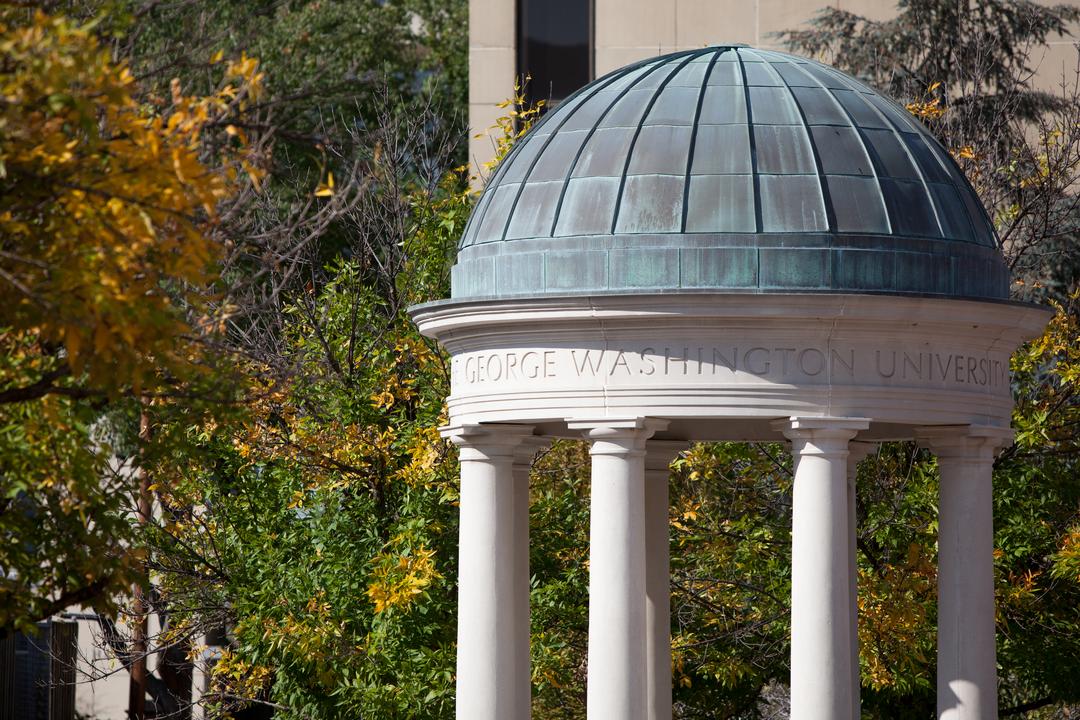The coronavirus pandemic continues to impact colleges and universities across the country, including George Washington University.
GW saw a 2.9 percent decrease in overall enrollment this year when compared to 2019, according to a university census from Oct. 10, which amounts to a loss of 797 students.
"Like many universities, as a result of the pandemic we anticipated a decrease in our enrollment as students and their families understandably made choices that were best for their personal situations," President Thomas LeBlanc said.
"However, thanks to the extraordinary efforts of our faculty and staff, we have welcomed an academically talented and diverse new class of students while limiting enrollment decreases substantially by continuing to provide a high-quality academic experience. This experience has been and will remain our focus as we work to ensure a successful fall and plan for the spring."
The census data, which is shared with the U.S. Department of Education, gives a clearer picture of the impact of the pandemic on enrollment this year, said Jay Goff, vice provost for enrollment management.
Undergraduate enrollment saw the most significant decrease with 7.7 percent, or 927 students, and there was a 0.2 percent decrease in graduate enrollment, or 28 students. Even with the loss in enrollment, there was also an increase of 158 non-degree students this year, which are students taking GW courses without entering a degree program.
The decrease in university enrollment can be attributed to two primary factors: a decrease in international students and an increase in both admitted students deferring their enrollment and current students requesting to take a leave of absence, Mr. Goff said. There is a total of 860 fewer undergraduate, graduate and non-degree international students this fall semester compared to 2019, and there are more than 450 domestic students deferring their admission or taking a leave this semester.
GW’s enrollment team took efforts early in the pandemic to mitigate some of the anticipated impact on international student enrollment by accepting more transfer applications than usual, Mr. Goff said, and GW admitted more students who were originally waitlisted. Taking these actions early on put the university in a better position, Mr. Goff said.
Even though the class of first-year students is smaller than usual, it is also a talented and diverse class of students, Mr. Goff said. For example, the average unweighted GPA for 2020’s incoming class is 3.67, compared to the incoming class in 2019’s 3.66. Among the new students who submitted standardized test results, the scores remained similar to the mean score of the past few years. The number of new first-year students belonging to underrepresented minority groups increased by 3 percentage points compared to the incoming class in 2019.
“This may be a smaller class, but in terms of its academic talent and ability to make a positive impact, it is still one of the top classes to start at GW," Mr. Goff said.
Enrollment is one of several metrics that university leaders have been monitoring as part of efforts to mitigate the financial impact of the pandemic. University leaders have been closely tracking enrollment leading up to the official census and have accounted for the enrollment levels as part of the budget for the current fiscal year. University leaders will continue to monitor enrollment for the spring semester in what continues to be an extremely dynamic situation as the pandemic continues to evolve.



